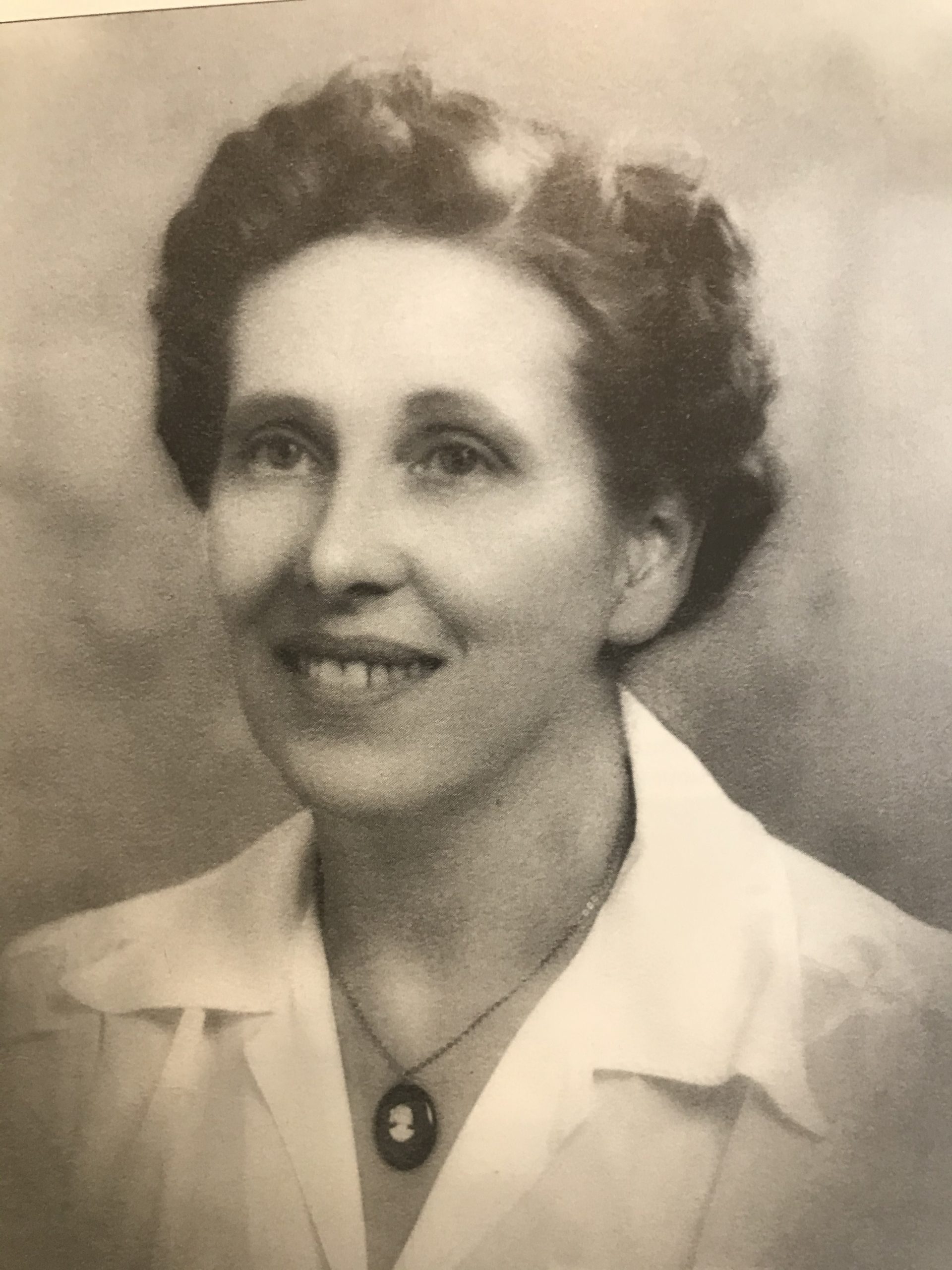Ship Wrecks Stressed Need For Point Sur Lighthouse
By Mabel Plaskett
In 1873 the S.S. Los Angeles was wrecked on the rocks off Point Sur. Dr. John Roberts rode from Monterey in three-and-a-half hours to find 150 victims, some alive and some clinging to the rocks, others dead washed up on the beach.
This so horrified the people of the area that the idea of building a light house took root in their minds, but it was not until after a second disaster occurred that the plans were formulated.
In 1879 the S. S. Ventura was wrecked with a cargo of fine linens and knock down wagons Ranchers came for miles around to salvage the cargo. The linens were divided among the house wives and the wagons assembled and used for many years.
THESE EVENTS led to the decision to build Pt. Sur Light House. Built of native granite from near Little Sur River by the ranchers, it was a gigantic undertaking. The stones were hoisted by windlass and cable up the face of the rock 270 feet above sea level. A wooden stairway was built with 395 steps.
In 1889 the light house was ready for operation with a multi-lenses lamp flashing a beam of 1,600,000 candle power. The huge lamp was built in France and shipped around Cape Horn, installed at Pt. Sur and has been in operation ever since.
The light has not failed for close to a century. It was off this point in 1935 the United States Navy dirigible went down in a dense fog with a loss of two lives.
Pete Nelson was the first light house keeper. A man named Newhall was next and Mr. Astrum the third.
There is a large house with apartments for three families and a separate home where the officer in charge lives. The recreation room was at first a barn where a buckboard and four mules were kept for the use of the families after the road was built some time before 1900.
The road, spiraling around the point, was another engineering feat at first believed impossible, but with the use of wooden planks for cribbing it was achieved.
The one way road is a little over a half-mile long. In the early days a school was maintained on the flat at the base of the rock and the school teacher boarded with the lighthouse keeper.
An interesting story of adventure is told by Mrs. George Harlan:
In 1917 she, with her husband, his brother Aaron and five friends (visiting hunters) started out in a boat for Monterey.
Mrs. Harlan asked about fixing a lunch to take along and was told “No, we’ll reach Monterey in three hours at most.”
SETTING OUT FROM big creek landing they encountered very rough seas and made slow progress and were forced to land at Partington Cove the first evening. Here they dined on mussels and spent the night.
Next morning they started out again to battle more rough water and finally reached the light house where they spent the second night. She recalls climbing a 40-foot ladder at the base of the wooden stairway with great difficulty. The lighthouse keeper met them and she followed him up step by step.
This was on the seaward side of the rock opposite to the road. Mr. and Mrs. Harlan were given a bed in the lighthouse and the six men walked down and slept on the sands.
Next day the sea calmed down and they reached Monterey by 9 o’clock. This was an adventure to remember.
Before the road was built all supplies were brought in by boat and hauled up from the dock by trolley and windlass.
Until the end of World War II the U.S. Lighthouse Service operated the plant. Civilians with Civil Service rating were employed. Since that time it has been operated by the U.S. Coast Guard with personnel from that branch.
THE PRESIDENT officer in charge is James Ellis, who was with his wife Gladys and four children, live in the separate house. Vicki, age 12, attends junior high school in Carmel while the three boys, Ray, Douglas and Todd go to Captain Cooper school in Big Sur. The school bus picks them up at the foot of the rock.
Other personnel living in the apartment house include Bob Kolstad, engineman; Bill Riley, his assistant, and Gary Clinage, seaman. All three are married. The Kolstads have a six-month old son, the Riley’s an eight-month old son and the Clinage’s have no children.
These men maintain a continuous watch with one day off a week and one week-end off a month.
They send out a radio beacon every five minutes which carries 150 miles aiding ships at sea to determine position and chart courses. When fog moves in, the hurricane type fog horn goes into effect.
The Pt. Sur Light House is open to the public. Visiting hours are from 1 to 3 p.m. through the week and 1 to 4 p.m. weekends and holidays. You are asked to leave your car at a parking area at the base of rock and walk up the winding road to the station.
Originally, the light was powered by oil and later kerosene. Today its lenses magnify the beam from a 1,000-watt electric bulb. A standby generator can be called upon should the power fail.
The four families live a lonely life and one necessarily dedicated to duty. They deserve great credit for their service to mankind.

Mabel Sans Plaskett was born in Coralitas near Ben Lomond in the Santa Cruz Mountain area of California. Her father Edward Robert Sans ran a saw mill near Pacific Valley, along the Nacimiento – Ferguson road to the coast at Highway One. It was there she met Edward Abbott Plaskett, her husband. Mabel wrote about the coast and the pioneers of the 19th and 20th Centuries.

Recent Comments